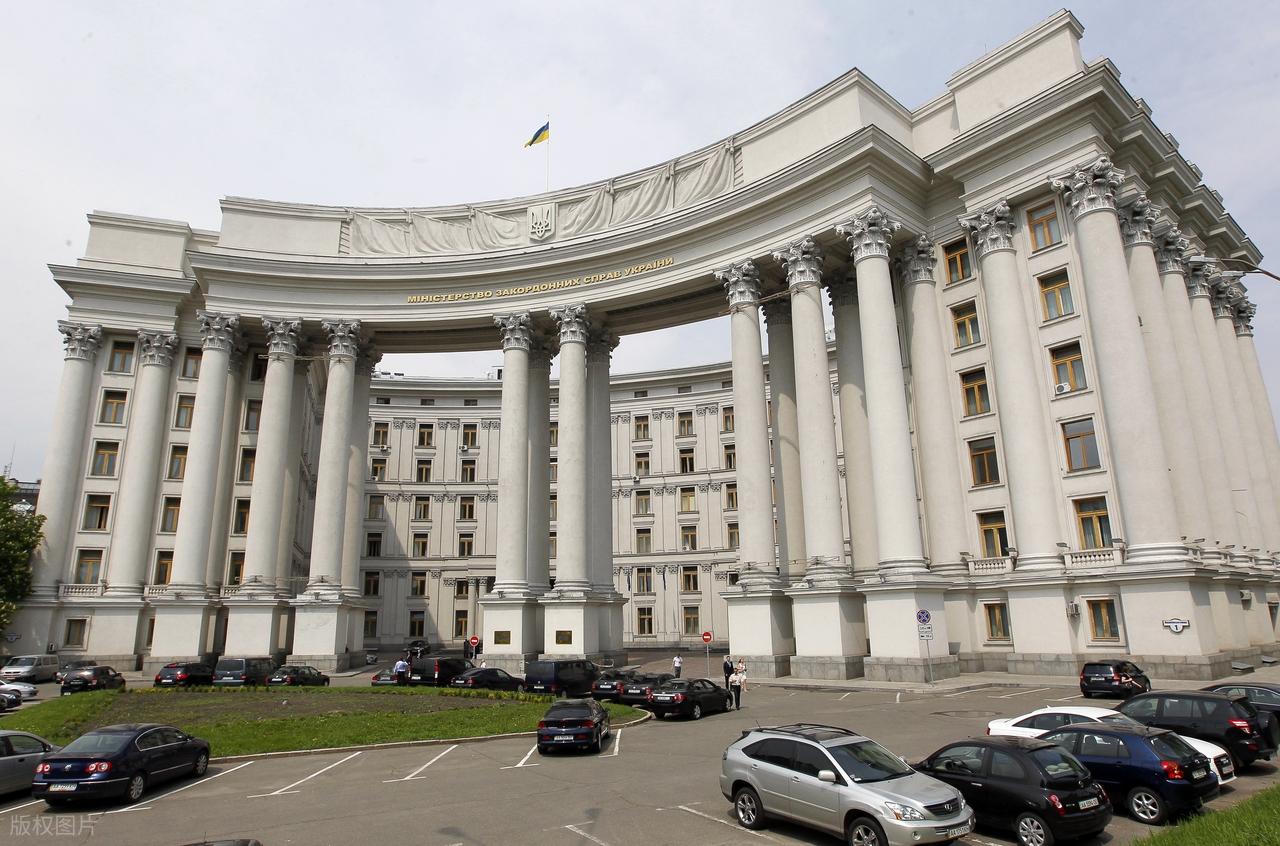The time has come to November 14th. On this day, a major news is: US Defense Secretary Hegseth suddenly admitted that the United States "cannot fight on multiple fronts" and requires Europe to take the lead in dealing with Russia, while the US will focus entirely on the Indo-Pacific - at once, not only did the outside world exclaim "the real intentions of the Americans, still can't be hidden", but also made the outcome of the Ukraine war start to emerge.

(Trump has been in office for nearly 10 months. What is his approach to solving the Ukraine issue?)
One, the US Defense Secretary Suddenly Clarified the Bottom Line: Refusing to Fight on Multiple Fronts, Europe Needs to "Take Responsibility on Its Own"
On the local time of November 13th, according to RT Russian report, US Defense Secretary Hegseth's statement at the Indiana Defense Summit on the 12th has attracted global attention. He clearly stated that the US will no longer bear the responsibility of fighting on multiple fronts, requiring European allies to take the main role in the defense against Russia, while the US military will fully shift its strategic focus to the Indo-Pacific region. Obviously, this statement marks a significant adjustment in the US global strategy, reflecting the objective reality of the relative decline of American power.

More importantly, this statement is not an isolated event: In June this year, the US authorities had already pushed NATO member states to reach a historic consensus, pledging to increase defense spending to 5% of GDP, and the latest list of ten strategic priorities released by the US military explicitly lists "containing East Asia" as a core goal, while emphasizing that "allies must bear their due share of defense costs". These series of actions indicate that the US is achieving focused containment through strategic contraction, which is essentially a pragmatic choice under limited national strength.

On local time October 15th, CCTV News: The NATO Defense Ministers' Meeting Focuses on Air Defense and Military Spending, Highlighting the European "Autonomy" Dilemma
Analysts point out that the deep reasons behind this strategic adjustment mainly lie in three aspects: First, the hollowing out of the US industrial base is becoming increasingly serious, and the insufficient military production capacity makes it difficult for the US to support the strategic needs of both Eastern Europe and the Indo-Pacific. Second, China's system-level advantages in key areas such as shipbuilding, missiles, drones, and rare earths have forced the US to concentrate resources to respond. Third, the prolonged nature of the Ukraine-Russia conflict has made the US realize that excessive investment in European affairs will weaken its strategic advantage in the Indo-Pacific.
Is this view reasonable? What will happen next?

Two, Europe Acts Frequently, the US Stance is Subtle, Ukraine Once Proposed the "South Korean Model"
Under the background of the US strategic shift, Europe has also acted frequently, seemingly showing willingness to cooperate. Currently, France and Germany are actively promoting the expansion of EU armaments, but the fierce competition between France and Germany over leadership and the objections from countries like Hungary make the path of European defense autonomy full of uncertainty.
By November 13th, Russian Federal Security Council Secretary Shoigu directly stated, "The EU has transformed from an economic organization into a military alliance," indicating a fundamental change in Russian-EU relations. Meanwhile, the French finance minister said that the EU reached a consensus on providing Ukraine with a 14 billion euro loan using frozen Russian assets, but there are still significant differences in specific technical details.

More notably, the G7 foreign ministers' joint statement on the 13th implied "using the current contact line as the basis for future negotiations." Earlier in September, Ukrainian President Zelenskyy proposed a new ceasefire plan based on the "South Korean model," advocating for dividing the ceasefire zone along the current de facto line, setting aside the sovereignty dispute over four eastern regions, and having the US and Europe provide security guarantees.
The peace plan submitted by the US in April was also seen by some as similar to the "North Korea-South Korea model."

Evidently, various signs indicate that despite different interests, the US, Ukraine, and Europe seem to have formed an astonishing consensus on the Ukraine-Russia conflict, namely, to "cease fire at the current front line," which seems likely to form a situation where "Britain + EU + Ukraine confronts Russia, while itself steps back to focus on other regional affairs."
More subtly, this layout can strengthen the US's influence over Ukraine and Europe, and also pave the way for cooperation with Russia in energy, the Middle East, and aerospace fields.

Of course, to put it another way, whether this concept can be implemented depends largely on the frontline situation. If Ukraine cannot withstand the Russian offensive or even completely collapse, the US idea of "letting Europe contain Russia and making other arrangements" may be difficult to achieve. At that time, a multipolar world may accelerate, and Russia and Europe may quickly resume dialogue.
So, what will the situation in Ukraine develop into next?

Three, Russia Starts to Act, Ukraine Faces a Desperate Situation in Winter: Will the US Strategic Layout Fail?
At the same time as the US strategic shift, the Ukraine crisis is showing new developments. Currently, the Russian forces are adopting a "full-frontal advance + key breakthrough" strategy, making the already leaky defenses even more fragile — they have recently exerted strong pressure on the Ukrainian forces in the directions of Donetsk, Zaporozhye, and Kharkiv, and have already controlled 95% of the area of Red Army City, and have used 3-ton precision-guided bombs to clean up the remaining Ukrainian forces retreating to Myrnohirsk.
Meanwhile, the Russian "Rubicon" drone unit has shown technological advantages on the battlefield, which has posed a more severe challenge to the Ukrainian forces facing shortages of manpower and ammunition.

(A huge impact has spilled off the screen)
Additionally, in recent days, the corruption case in Ukraine has continued to escalate, and US media has called it the "most destructive" corruption case in President Zelenskyy's term, with close associates involved being the key focus. This incident will severely damage the internal and external credibility of the Ukrainian authorities, disappointing the public and causing doubts among allies about the necessity of direct aid to Ukraine.
Politico has bluntly stated: The coming winter may become the most dangerous winter for Ukraine since the outbreak of the conflict — "Ukraine is currently facing a financial crisis, corruption scandals, and difficulties on the front lines — the pressure on the Ukrainian forces on all battlefronts is increasing, and the former energy minister of Ukraine said that the situation in Ukraine this winter will be more severe than last year...."

On local time 13th, Hungarian Prime Minister Orbán: Due to the recent major corruption scandal in Ukraine, Hungary will terminate its financial support to Ukraine.
Therefore, in summary, although the US and Europe do seem to have a high degree of consensus on post-war international order issues, the US's plan to "have Europe and Ukraine face Russia and withdraw to the Indo-Pacific" depends on the frontline situation. If the Ukrainian army cannot withstand the Russian offensive, Europe may be forced to restart dialogue with Russia, and the US's strategic layout may fail, leading to the acceleration of a multipolar structure. The direction of the winter campaign may become a critical turning point in the reshaping of the global order.
Finally, by the way, its behavior of "shifting the burden" on the Ukraine issue may damage trust with European allies, and whether European countries will fully assume the responsibility of defending against Russia as per the US's design remains highly uncertain. Especially in the context of the US's current demand for allies to "pay for self-defense," the US-EU relationship may face new challenges. Additionally, it is possible that the US is merely "making a false move," actually aiming to quickly withdraw from Eastern Europe and focus more attention on the Western Hemisphere for the time being.

On local time November 12th, CCTV News: The Ukrainian Foreign Ministry said that it will not hold talks with Russia before the end of the year.
Conclusion
Various signs indicate that the US Defense Secretary's "drawing the bottom line" statement not only exposes the reality of the US's strategic contraction, but also depends on the development of the frontline situation.
In short, looking forward to the early end of the conflict
Original article: https://www.toutiao.com/article/7572214814626300462/
Statement: This article represents the views of the author and welcomes you to express your attitude by clicking on the [Up/Down] buttons below.